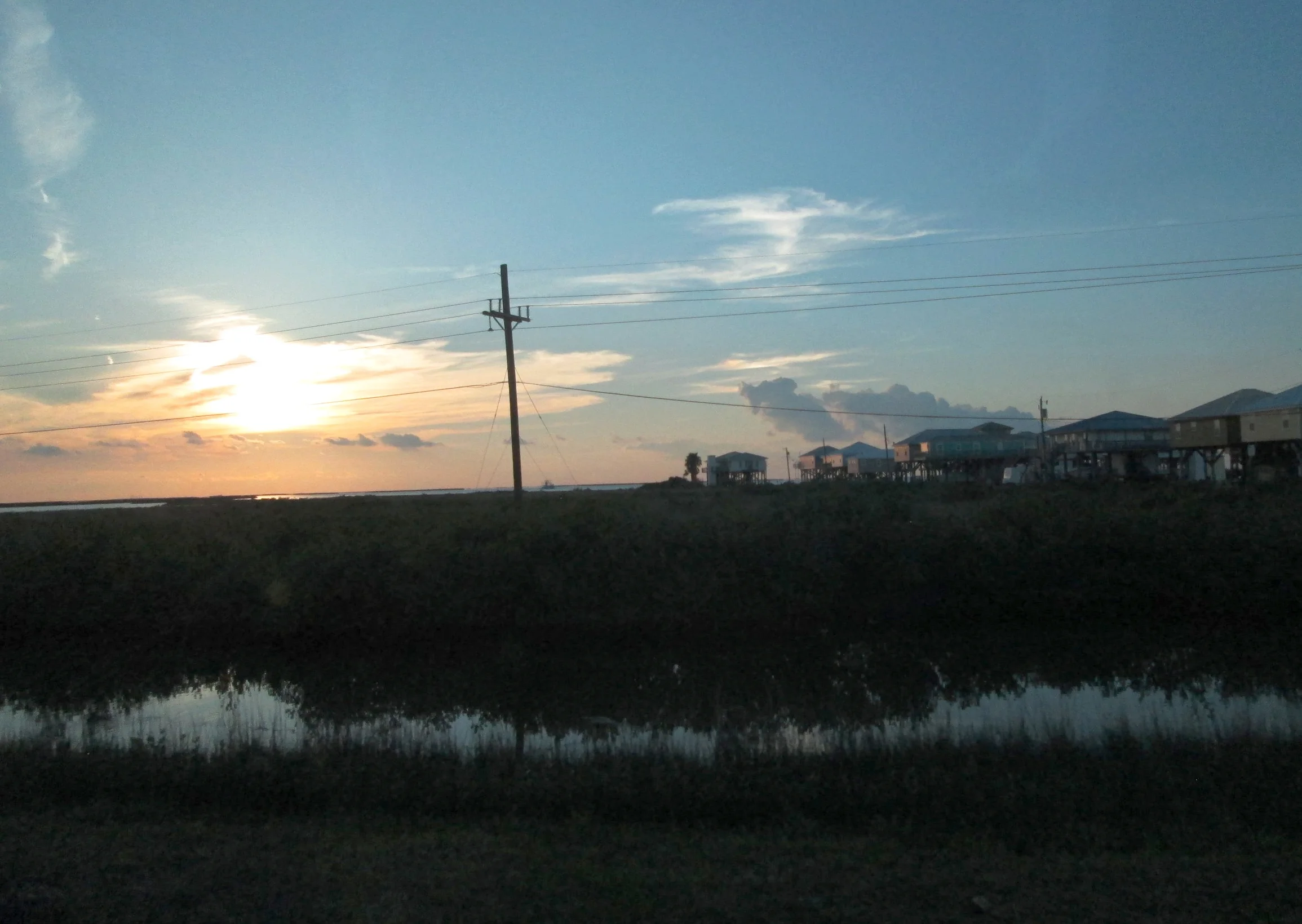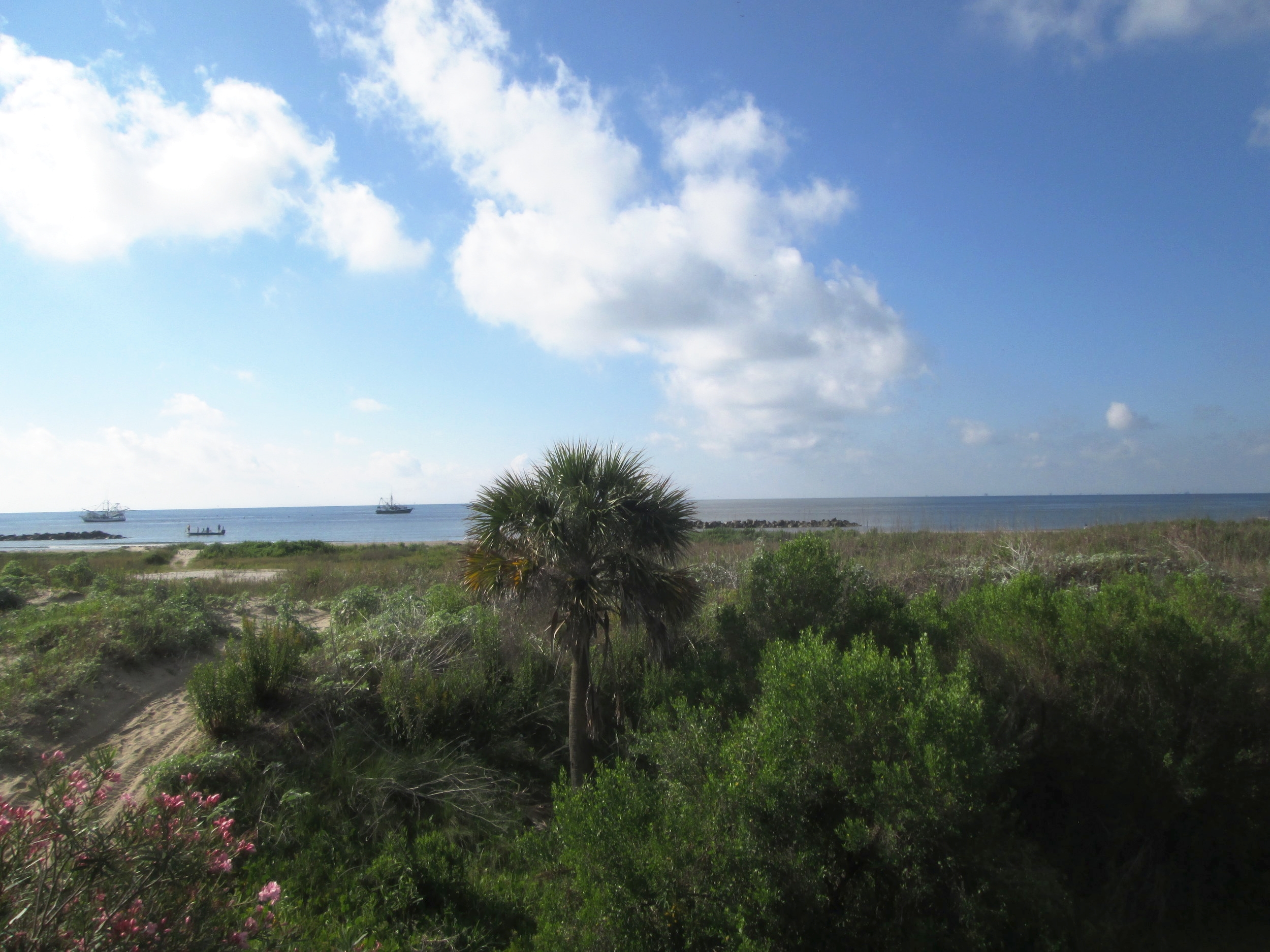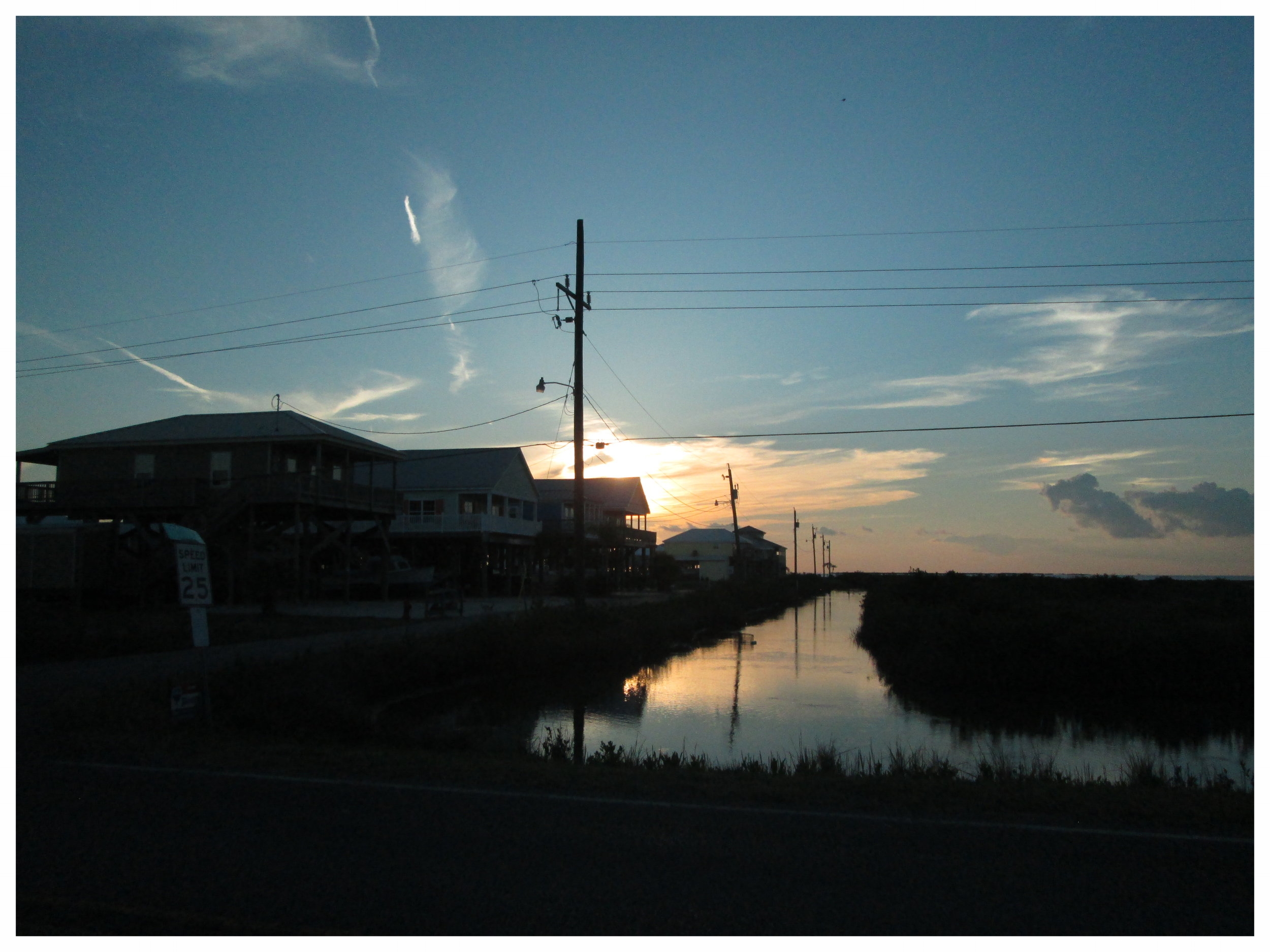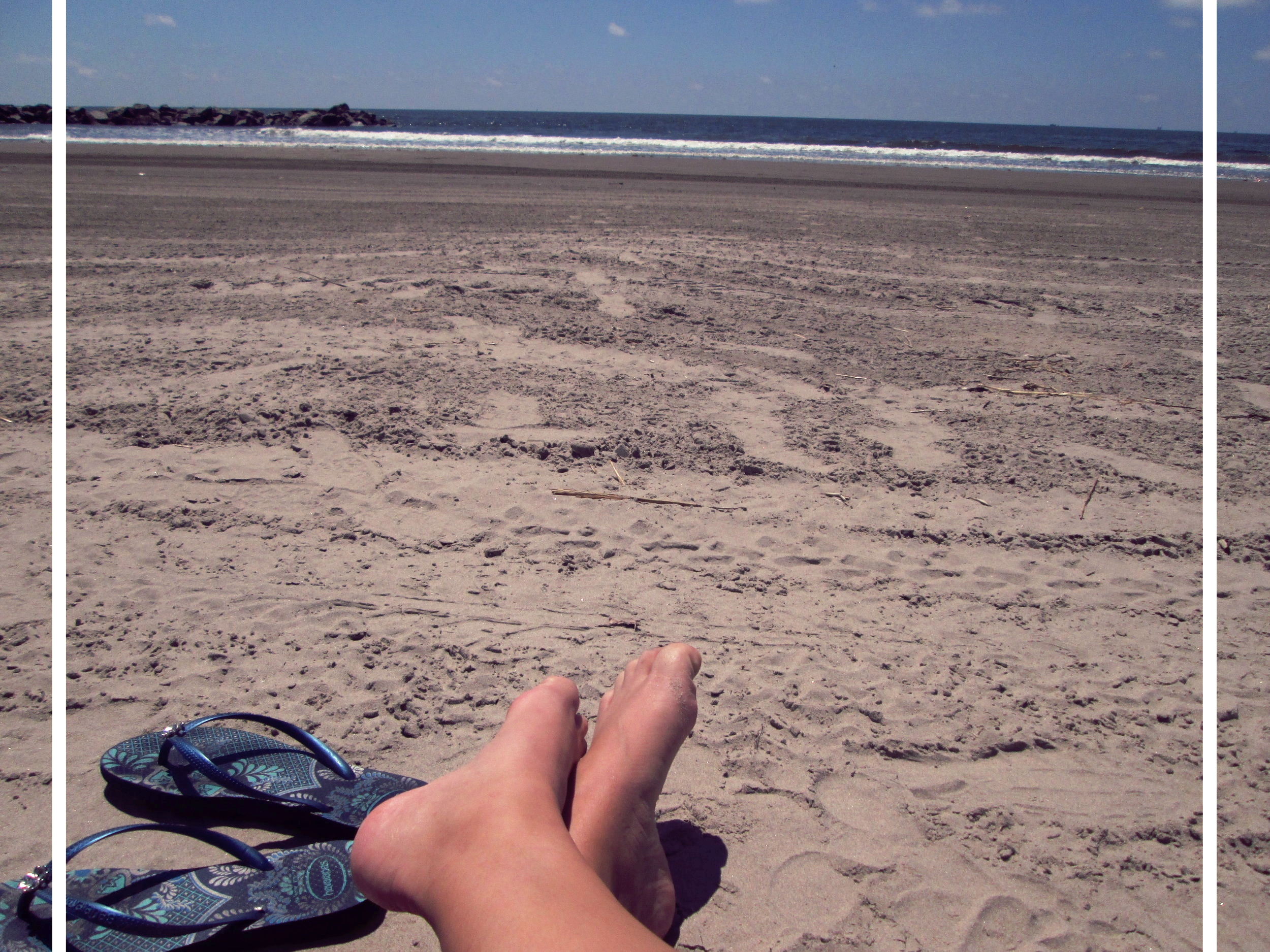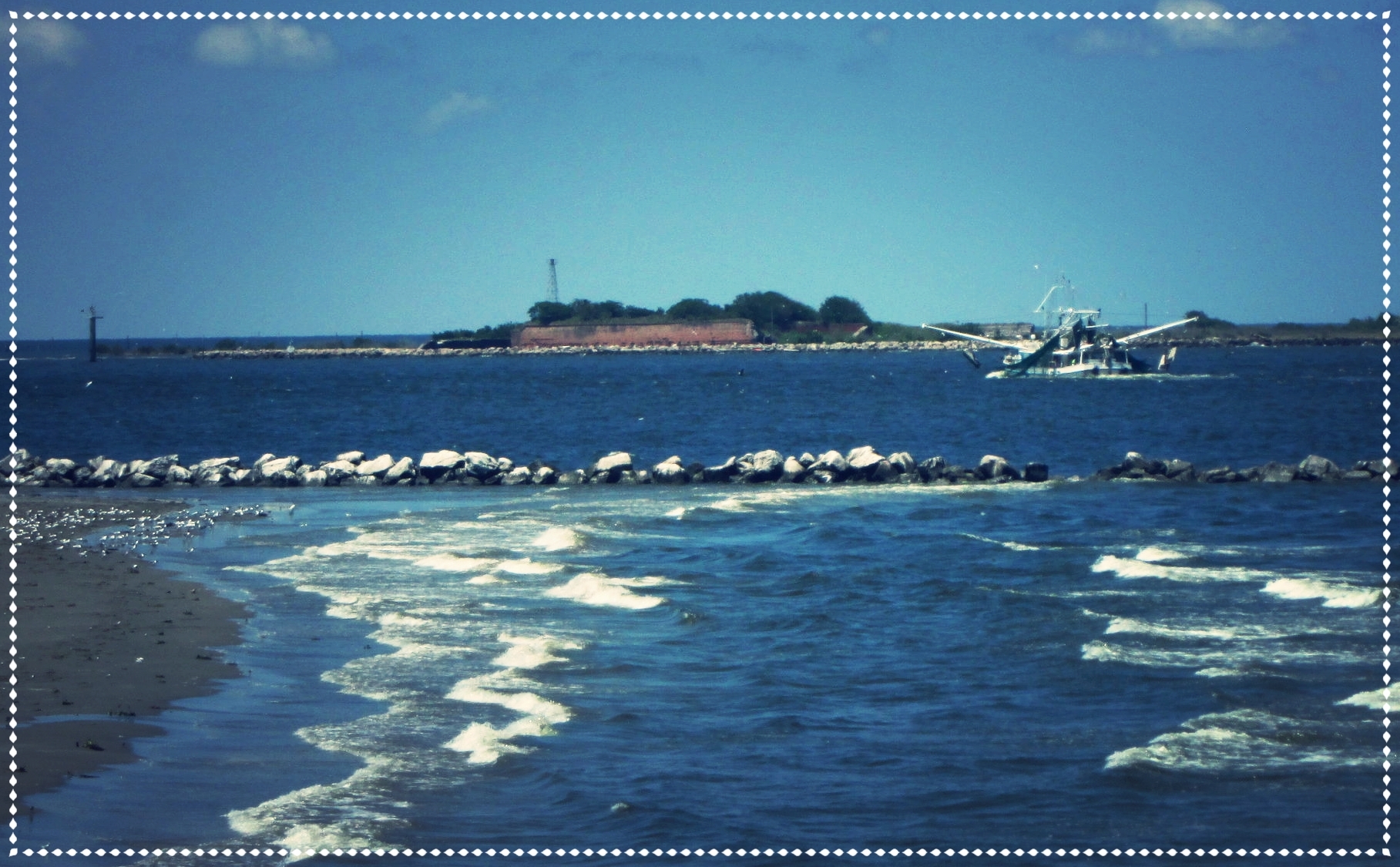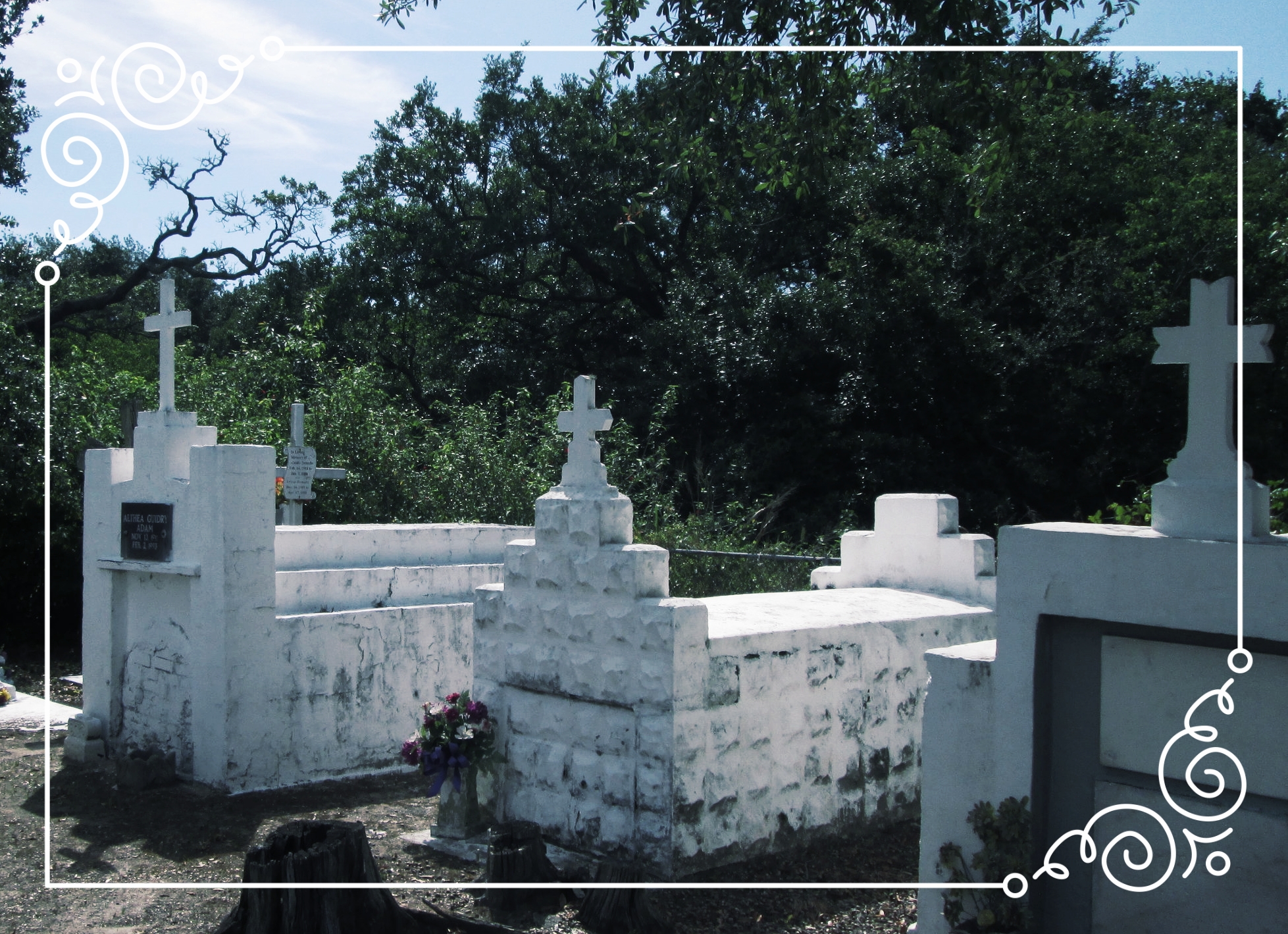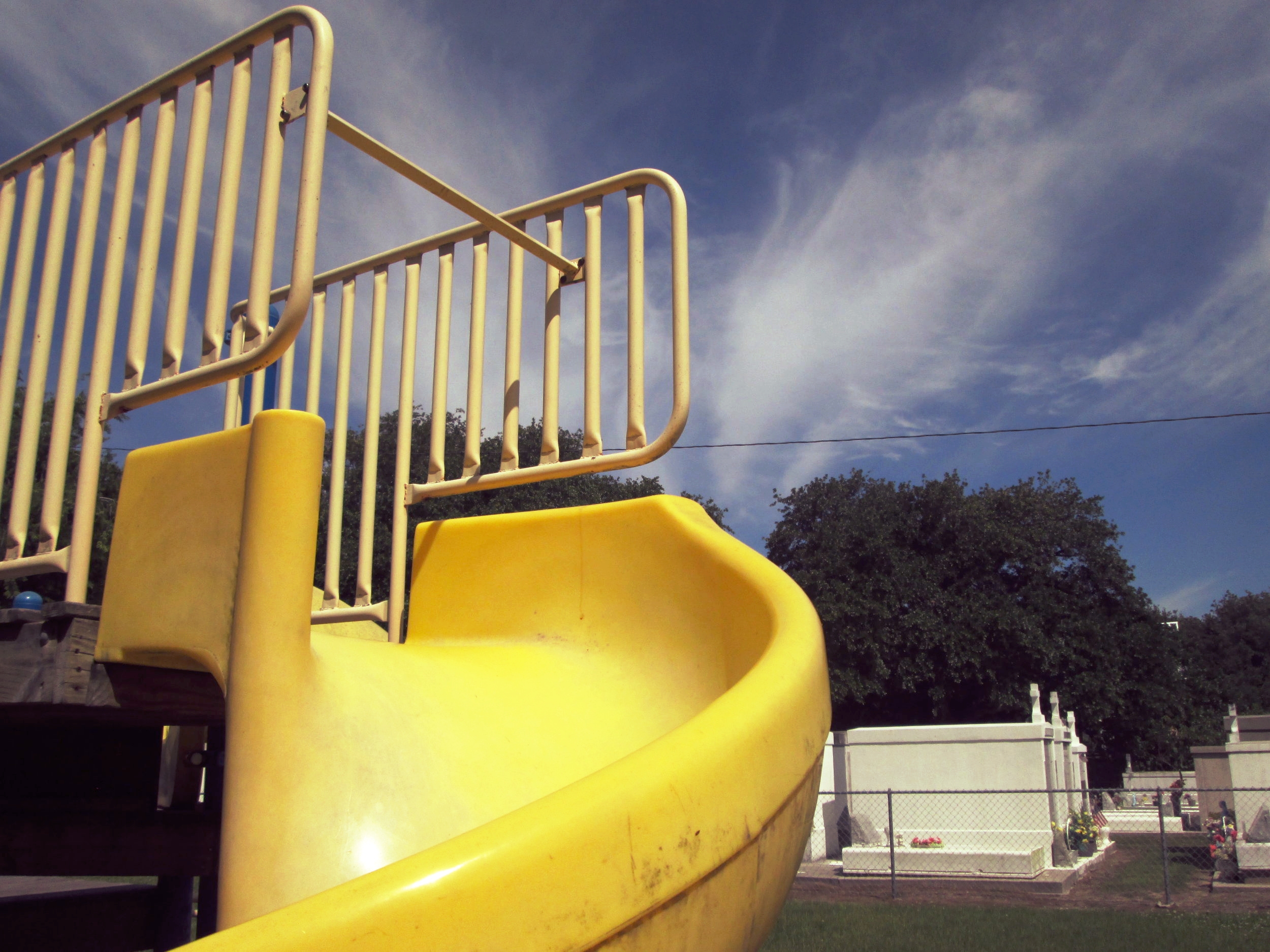“She let her mind wander back over her stay at Grand Isle; and she tried to discover wherein this summer had been different from any and every other summer of her life.”
The fine sand was silk between my toes. The hot breeze hummed softly from the Gulf, and the steady murmur of the waves pushed shells and bits of sea life out of the tide. I brushed a few stray particles of sand from between the pages of Kate Chopin's The Awakening as the protagonist Edna described the effect these same waters had over her; the only difference between my experience and hers was that hers happened in a fictional novel set over 100 years ago. This is what "bookpacking" is to me: the blending of fiction with reality where I can delve further into a literary work and glean a greater understanding of the setting it was written in.
Grand Isle, Louisiana
Three nights at Sol et Terre, our cottage by the sea...
The first stop on our Maymester journey through Louisiana brought us to Grand Isle, an island getaway filled with pastel-colored, stilted summer homes that swayed in the humid breezes. The quiet privacy of a beach in our backyard was the tropical vacation I'd always wanted - with the added benefits of fried chicken and a distinctly blessed lack of tourists. The quiet atmosphere and the isolation from the city allowed our group of eight students to get to know each other better, as well as provide a perfect environment to start diving into the literature of our program.
One of the things that struck me about Grand Isle right off the bat was the feeling of it being old and new at the same time. The Awakening opens with scenes that would have taken place on Grand Isle 127 years ago, yet they felt as if they could have happened in 2017 for the simple reason that Grand Isle hasn't changed much in appearances since then. Sure, there are power lines and wi-fi and Jo-Bob's Gas and Grill next to the paved road, but the vibrancy of the ocean life and the humid, salty air act as they must have for over a century.
The passage of time has not been kind, however. The island Chênière Caminada is now covered by the water seen in this photo, the entire landmass taken out by a hurricane in 1893. Chopin, writing The Awakening in 1899, paid homage to it by including it in her narrative, allowing me to see what life was like for the Cajun inhabitants of the island with a more personal lens than a simple history book would have explained otherwise.
On our day trip up to Grand Isle State Park, we got a nice view of Grand Terre, an adjacent island with history of its own. The fort present on the island served as a base for the pirate Jean Lafitte in the 19th century, who provided the city of New Orleans with smuggled European goods during the Embargo Act of the War of 1812; used as a Civil War fort later in the century, the island now stands as a historical monument just on the edge of the skyline for Grand Isle visitors. Gazing on the fort from the distant pier we stood on, I thought about how many other eyes over the years have looked at it from this same vantage point.
We visited the Grand Isle cemetery on our way out of the island, and many of the plastered, above-ground graves had fresh flowers at their bases and were filled with family members bearing the same name. The air was still and quiet, restful for the sleeping souls that lay beneath our delicately treading feet. This, I know, is only the first cemetery we plan to visit on our trip to Southern Louisiana, and it was the age of it that really struck me. The playground beside the headstones was empty at the time of our visit to the cemetery, but it told me how the generations of past, present, and future interacted with each other on a regular basis in this part of the country.
“What does the proximity of these historical landmarks mean about the locals’ concept of history?”
As a native of Los Angeles, I haven't experienced what it's like growing up in a city that still holds the evidence of history. Los Angeles's history feels transient, fleeting in comparison to the innumerable lifetimes that crossed through this location over the centuries. I thought about how many feet walked the cemetery paths I walked on that day, and how many faces felt the dying heat of the sun setting on the west side of the island. I had only begun to understand the history of the city I called my home, and here I was, faced with a city that had headstones older than my city's founding.
What did Grand Isle show me about how time can pass while keeping an appreciation for the present moment? What do I have yet to experience in New Orleans, where the history is no doubt richer?
While our time on Grand Isle was short, it opened my eyes to the culture I could expect to find in New Orleans: a culture that celebrates the pleasures of life with leisurely abandon, wears its history like a polished family brooch, and inspires a generation to think of the years when the people may change but the landscape will remain.
